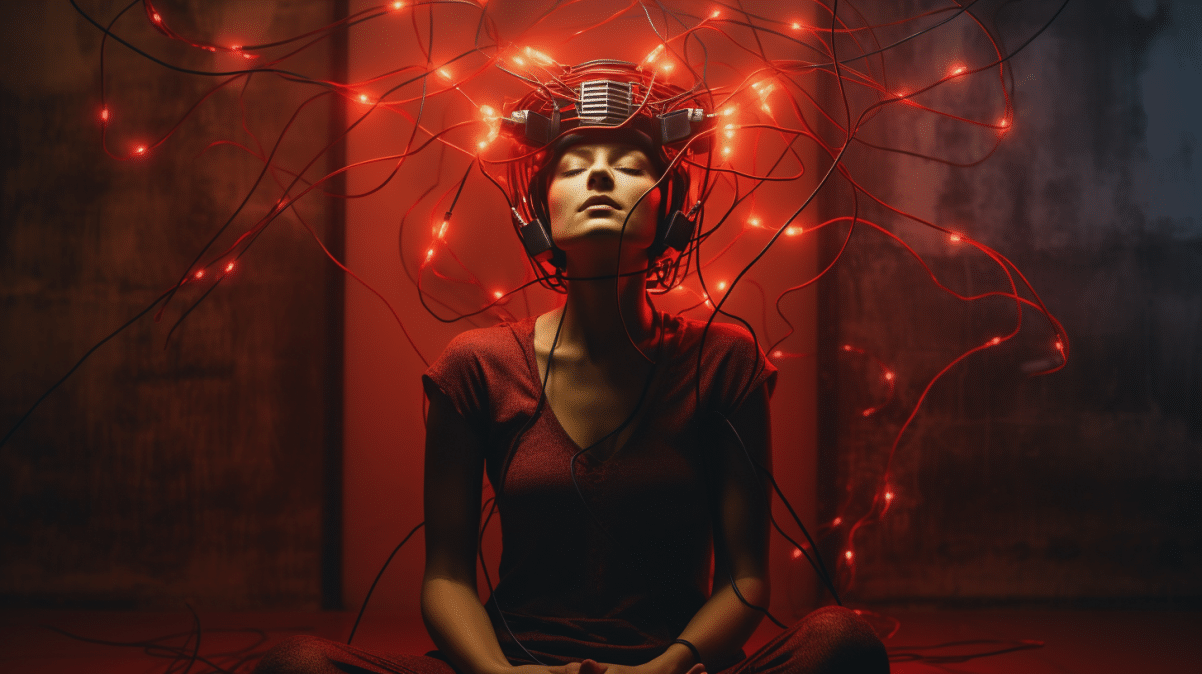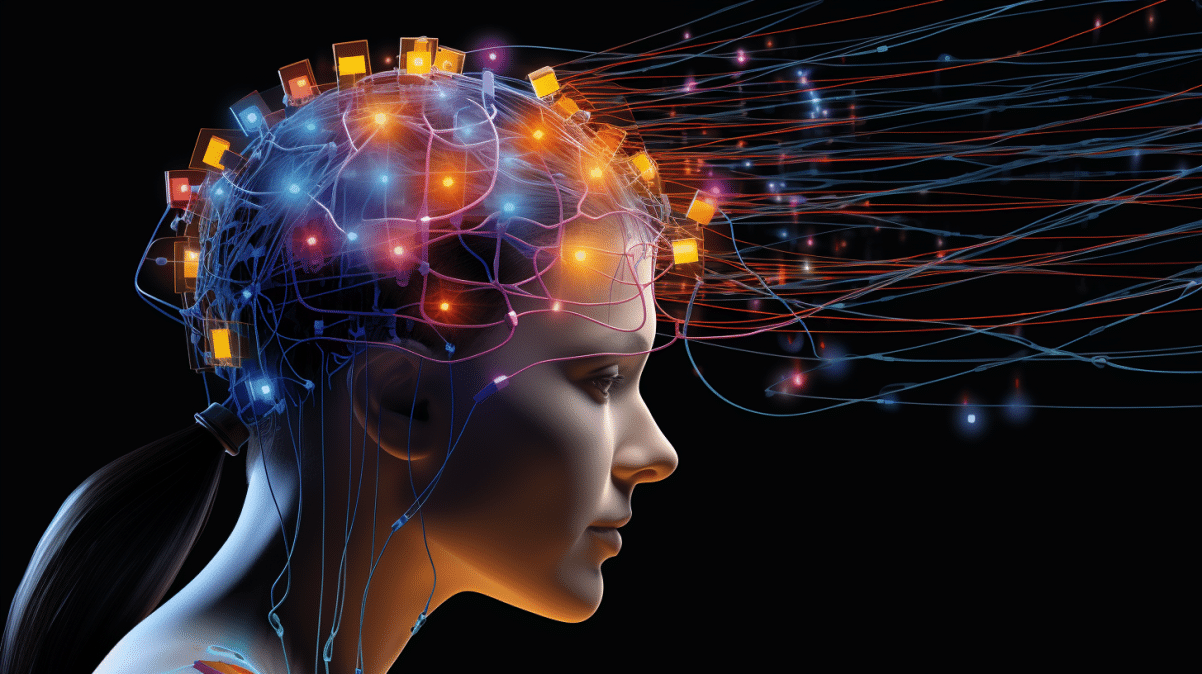A new study shows that delivering brain stimulation with mild electric current to the forehead at home could be an effective treatment option for people with depression.
Key facts:
- The study tested at-home transcranial direct current stimulation (tDCS) in 16 people with moderate to severe depression.
- Participants had 28 sessions of tDCS over 6 weeks, then 4 weekly sessions over the next month.
- Depression severity decreased significantly, with 75% of participants showing improvement after 6 weeks and 88% after 10 weeks.
- 63% of participants achieved depression remission after 6 weeks and 81% after 10 weeks.
- No serious side effects occurred with at-home tDCS treatment.
Source: Front Psychiatry 2023
What is transcranial direct current stimulation?
Transcranial direct current stimulation (tDCS) is a form of non-invasive brain stimulation where a small electric current is delivered to the brain through electrodes on the scalp.
For depression, the electrodes are usually placed over the left prefrontal cortex, which is involved in mood regulation.
The mild current is thought to help strengthen connections and activity in this mood-regulating area.
TDCS has been extensively studied for treating depression, with consistent evidence showing it can reduce symptoms when applied repeatedly over several weeks.
It’s considered very safe, with mild side effects like tingling or itching under the electrodes.
How was the at-home tDCS study done?
The researchers at NYU Langone Health recruited 16 participants with moderate to severe depression for the study.
The participants were given tDCS devices and electrodes to use at home.
The electrodes were placed on the left and right forehead areas.
They had 28 daily sessions over 6 weeks, where a mild 2 milliamp (mA) current was delivered for 30 minutes.
This was the “acute” treatment phase.
Then they had 4 weekly sessions over the next month as a “tapering” phase to help maintain benefits.
Participants had video consultations before each session to get clearance and a code to start the device.
This allowed researchers to monitor safety and compliance.
Participants also listened to 10 minutes of guided meditation when starting each session.
This may help enhance tDCS effects on the brain.
What were the results of the tDCS study?

The researchers measured depression severity at 2-week intervals using a standard clinical scale.
There was already significant improvement after just 2 weeks of tDCS treatment.
Depression continued decreasing throughout the 6 weeks of daily sessions.
At the end of the acute phase, 75% of participants had a clinical response, meaning at least 50% improvement in depression.
63% achieved remission, meaning very low remaining symptoms.
After the 4-week tapering phase, response and remission rates increased to 88% and 81% respectively.
Self-reported ratings of depressive symptoms and quality of life also significantly improved.
No serious side effects occurred. Some participants reported mild tingling or itching during stimulation.
What are the benefits of at-home tDCS treatment?
Delivering tDCS at home has several key advantages compared to clinic visits:
- More treatment sessions can be conveniently done, which is important for achieving optimal antidepressant effects from tDCS.
- Treatment can continue through challenges like the COVID-19 pandemic.
- Travel and time burdens are eliminated.
- Treatment can be overseen safely when using telehealth platforms like video visits.
- Costs may be lower without clinic overhead fees.
- Access challenges for those far from clinics can be solved.
Who could benefit from tDCS depression treatment?
This study included people with moderate to severe depression who had ongoing symptoms despite medication.
But prior evidence shows tDCS may also help those with:
- Milder depression.
- Depression without medication.
- Treatment-resistant depression that hasn’t responded to medications or therapy.
However, more research is still needed to clarify what forms of depression respond best.
Many participants were also still taking antidepressant medication. tDCS is thought to enhance effects of antidepressants when used together.
What are the next steps in tDCS research?
While results are promising, larger studies comparing tDCS to a placebo are still needed to confirm effectiveness.
Researchers plan sham-controlled randomized trials in more patients across multiple study centers.
Future studies will help identify which patients have the best response and ideal tDCS treatment regimens.
Research will also further evaluate long-term benefits and safety with extended home use.
Combining tDCS with other treatments like therapy and antidepressants will also be investigated.
Conclusion: Convenient potential treatment
In summary, delivering repeated sessions of mild electrical brain stimulation directly to patients’ homes shows initial promise as a practical depression treatment.
Larger sham-controlled studies are still needed to fully evaluate efficacy.
However, at-home tDCS may eventually provide a convenient, low-cost option to enhance depression recovery.
References
- Study: Home-administered transcranial direct current stimulation is a feasible intervention for depression
- Authors: Leigh Charvet et al. (2023)







